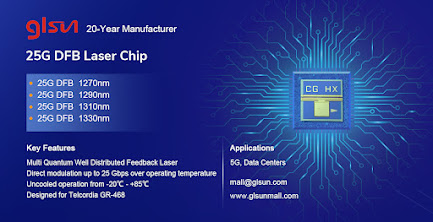OTDR, short for Optical Time Domain Reflectometer, is a professional instrument for optical fiber line maintenance and detection. OTDR is widely used in the installation, maintenance, repair and monitoring of optical fiber and optical fiber lines. As one of the important instruments for maintenance in the field of optical communication test, OTDR can measure the length, attenuation, connection quality and fault of optical fiber and cable.
Parameter Settings of OTDR
In order to get good and accurate fiber trace analysis, it is suggested to set the following basic data parameters of OTDR.
1. Wavelength
Different wavelengths is related to different characteristics of light (such as attenuation and micro-bend), so the test wavelength generally follows the principle of corresponding to the transmission wavelength of the system. For example, if the system is to 1550nm wavelength, so should be the test wavelength.
2. Pulse Width
Larger pulse width provides larger dynamic range and can measure longer fiber length, but will also generate a larger blind zone in the OTDR curve waveform. The pulse width duty cycle is usually expressed in ns (nanosecond). The smaller the pulse width, the higher the test accuracy, but requires higher power consumption.
3. Test Range
OTDR test range refers to the maximum distance from which OTDR can obtain data samples. The choice of this parameter determines the size of the sampling resolution. Always choose a test range larger than the target test value. The optimal test range is 1.5 to 2 times the length of the optical fiber to be measured. Read more on How to Use OTDR Fiber Tester.





